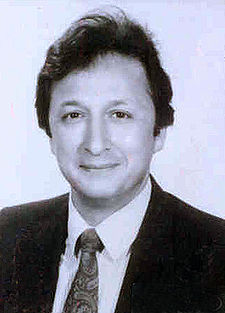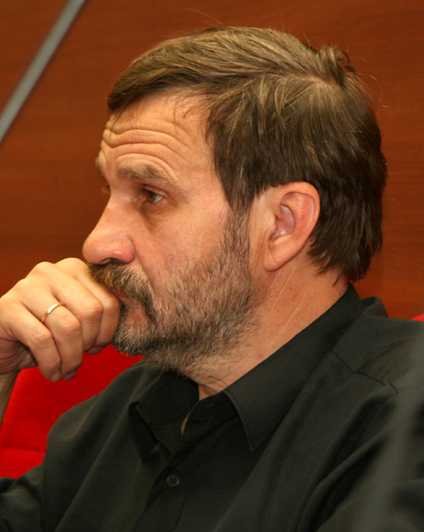Year: 2009
Previously, based on the law of energy conservation, embodying the mass & energy equivalence of the Special Theory of Relativity (STR), thus inducing the rest mass decrease of a bound object, as much as the static binding energy coming into play, the first author developed a theory valid both for the atomic and celestial worlds, and yielding totally similar quantum mechanical deployments for both worlds. The application of the idea, however, to a rotating disc, which is Einstein's gedanken experiment, on which The Grand Master based his General Theory of Relativity (GTR), brings up two distinct effects: 1) Already, as observed by an observer located at the center of the disc and rotating with the same angular velocity as that of the disc, the clock placed at the edge, must, still owing to the law of relativistic law of energy conservation, embodying the mass & energy equivalence of the STR, experience, a rest mass decrease in the centrifugal force field, which in return, leads to a time dilation. 2) The clock according to an outside observer, further dilates by the usual Lorentz coefficient. The first effect is though as important as the second one. Einstein took into account the second one, but not the first one (as he specifies his thoughts about the problem, in the footnote of page 60 of his book, The Meaning of Relativity). The overall result is that, the time dilation an object placed at the edge of a rotating disc, would display, should be about twice as that predicted by Einstein. The law of conservation of angular momentum, constitutes a cross check of our finding. The recent measurements back us up firmly. At the same time and devilishly, the inexact analogy Einstein did set between the effect of rotational acceleration, and the effect of gravitation, leads to results which are the same as ours, up to a third order Taylor Expansion, thus well beyond any precision can intercept, with regards to actual gravitational measurements. The remedy of the mistake in uestion, leaves the GTR unfortunately, needless.
PART II
The present approach further leads to the derivation of de Broglie relationship, coming up to be coupled with the superluminal velocity Ut=(c2/v) SQRT (1-v2/c2), where v is the velocity of the bound object, say an electron moving around a nucleus, or a planet moving around a star, with respect to the source of attraction or repulsion of concern. This suggests that an interaction, such as that delineated by an optical interception, can of course take place with an ?energy exchange? (in that case, "electromagnetic energy exchange"), but it can also occur without any energy exchange. We propose to call the latter "wave-like interaction". An interaction with energy exchange can not evidently occur with a speed exceeding the speed of light, whereas an interaction without any energy exchange occurs with the superluminal speed Ut, were the object moving with a speed v, with respect to the attraction or repulsion center. Note that the present approach is, in full conformity with the STR. Our disclosure, seems to be capable to explain the spooky experimental results newly reported. Thus, it is not that, Non-Locality and STR are incompatible. It is that the STR, allows a type of interaction faster than the speed of light, were there no exchange of energy.




